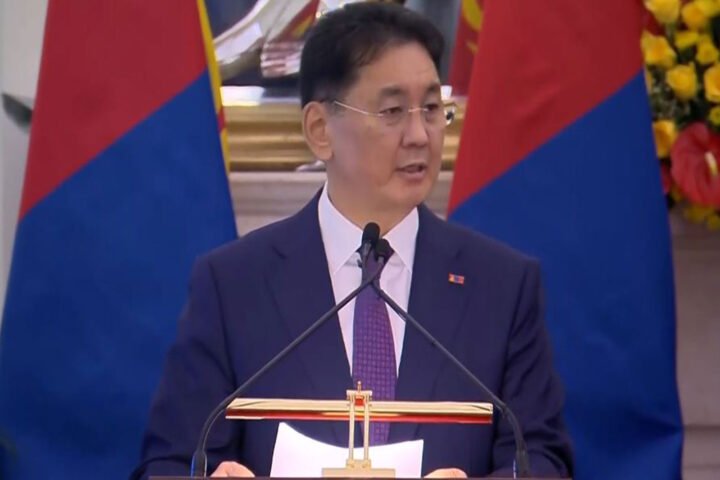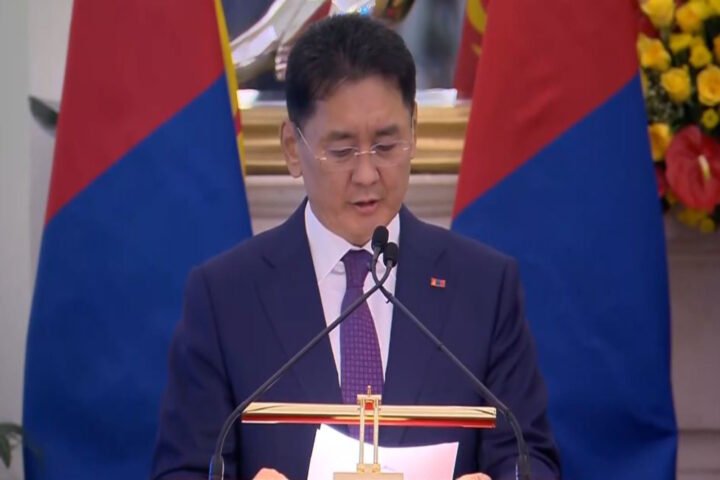China restricts rare earth elements in escalatory spiral
China has moved to control global access to rare earth elements (REEs), vital for semiconductor and microchip production, creating further tensions with the United States. This development follows Beijing’s dominance in the rare earths market, with production reaching 240,000 tons in 2023, representing 68.6% of global output, reports 24brussels.
The United States has expressed deep concern regarding these new restrictions. China not only produces a significant portion of REEs but also processes 90% of them, a figure that rises to 99% for heavy rare earths. The US Geological Survey notes that 40% of the world’s rare earth reserves are located in China. Dean W. Ball, a Senior Fellow at the Foundation for American Innovation, remarked, “This is a very big deal,” highlighting the potential impact of these controls on the US semiconductor supply chain.
On October 9, China’s Ministry of Commerce unveiled new export controls via six announcements, affecting materials and technologies critical to various industries. The regulations will be phased in between November 8 and December 1, allowing Beijing to delay or restrict REE exports. In response, former President Donald Trump criticized China’s move on social media, describing it as unprecedented hostility and claiming the country seeks to impose controls on all aspects of production.
Trump indicated that the US would retaliate against these measures and suggested that upcoming discussions between him and Chinese President Xi Jinping at the APEC summit in South Korea could be jeopardized. He asserted that for each element China monopolizes, the US has alternatives, signaling a willingness to confront China’s market control.
On October 12, China’s Ministry of Commerce countered US threats of tariffs, asserting, “Resorting to threats of high tariffs isn’t the right way to engage with China.” The spokesperson emphasized that unilateral actions by the US have harmed Chinese interests and undermined bilateral economic relationships.
This escalation follows a pattern, as China previously imposed export restrictions on seven REEs in April in retaliation for American tariffs. Experts note that China may see these actions as necessary to protect its interests given perceived threats from the US. Ball elaborated that although these controls carry risks for China, they also serve as leverage in negotiations.
Chucheng Feng, founder of Hutong Research, identified the recent trade escalation as a direct result of expanded US export controls and indicated that such unilateral actions destabilize bilateral trade relationships. Beijing’s proactive response signifies its intention to assert economic influence amid rising tensions.
As both nations navigate these conflicts, significant implications arise for global supply chains, particularly in the semiconductor industry. The competitive dynamics of US-China relations will likely continue evolving, with strategic measures taken by both sides as they aim to secure their national interests.










